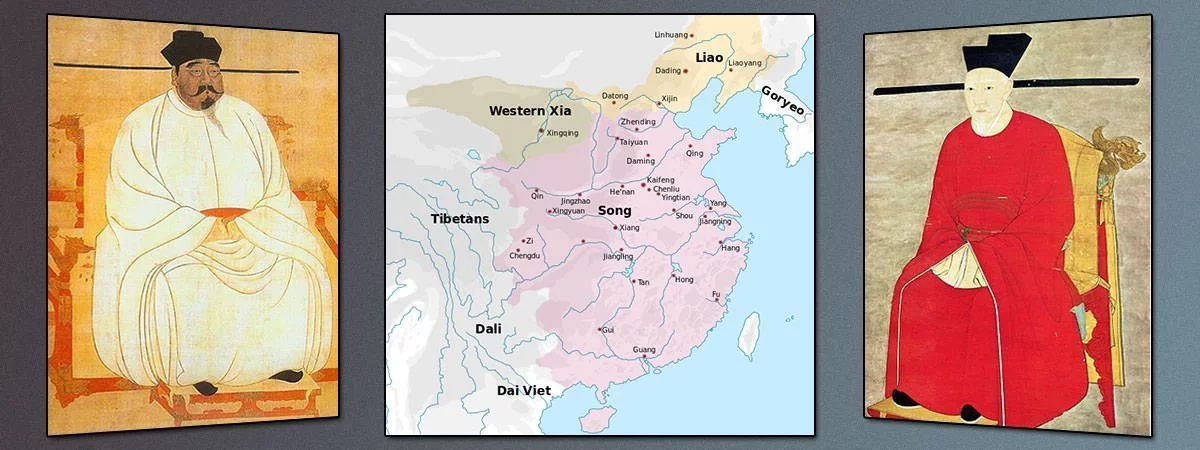Founded by Emperor Taizu, the Song Dynasty ruled over China from 960 A.D. to 1279 A.D. It is credited with re-unifying most of China after a turbulent era known as the Five Dynasties and Ten Kingdoms period. Its reign is divided by historians into two periods as it lost a part of its empire to the Jurchen tribes. The Song Dynasty came to an end with the rise of the Mongol Yuan Dynasty founded by the the powerful Kublai Khan. Know more about the emperors, religion, economy and art during the Song era through these 10 interesting facts.
#1 HISTORIANS DIVIDE SONG DYNASTY REIGN INTO NORTHERN AND SOUTHERN SONG
The reign of the Song Dynasty is divided into two periods, Northern and Southern. During Northern Song period (960 – 1127), the capital of Song was the northern city of Bianjing (now Kaifeng) and the dynasty controlled most of China. During the Sothern Song period (1127 – 1279), the dynasty lost control of northern China and the capital was shifted to Lin’an (now Hangzhou). The Southern Song Empire still contained 60 percent of China’s population and a majority of the most productive agricultural land.
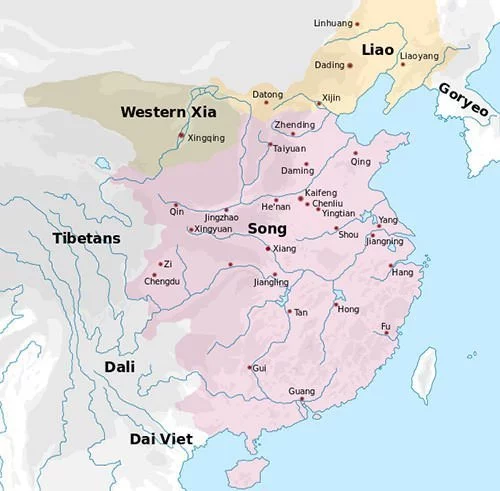
#2 EMPEROR TAIZU OF SONG REUNIFIED MOST OF CHINA
Zhao Kuangyin was an eminent military general in the Later Zhou Dynasty during the Five Dynasties and Ten Kingdoms period. In 960, there was a coup to overthrow the young Emperor Gong of Later Zhou which resulted in Kuangyin becoming Emperor Taizu and founding the Song Dynasty. Taizu started a military campaign during which he conquered several states and reunified most of China, thus ending the fragmentation and rebellion which was prevalent in China since the fall of Tang Dynasty in 907.
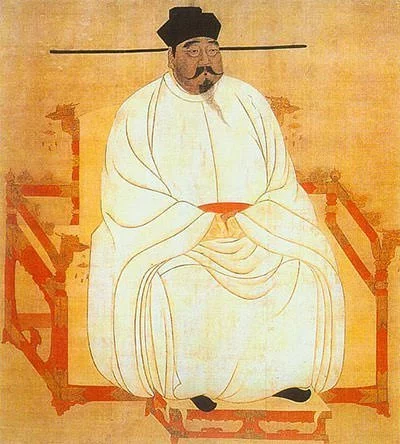
#3 It INITIALLY FACED COMPETITION FROM LIAO AND WESTERN XIA DYNASTIES
Since its inception the Song Dynasty had to face competition from the Liao Dynasty in the northeast and the Western Xia in the northwest. Song’s policy towards its rivals alternated between warfare and diplomacy. In 1005, Shanyuan Treaty was signed by which Song recognized the Liao state as its diplomatic equal. The Song started a military campaign against Western Xia but that too proved futile as the gained territory was eventually lost.
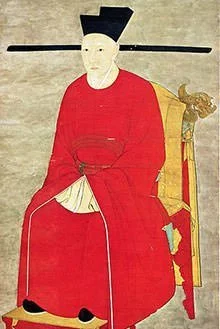
#4 THE JURCHENS CAPTURED THE SONG CAPITAL AND FORCED THEM SOUTH
The Jurchen tribes were subject of Liao Dynasty. In 1115 they formed their own dynasty Jin and rebelled against Liao. Song formed an alliance with the Jurchens and together they completely conquered the Liao dynasty by 1125. However the Jurchens then broke the alliance and started the Jin-Song Wars during which they not only captured Bianjing, the capital of Song; but also Emperor Qinzong of Song. The remaining Song forces regrouped under the self-proclaimed Emperor Gaozong of Song and established a new capital at Lin’an. The loss of northern China and the shift of capital mark the end of Northern Song and the start of Southern Song.
#5 Its REIGN WAS TERMINATED BY THE MONGOL YUAN DYNASTY
At the beginning of the thirteenth century the Mongols became a great force under Genghis Khan. His successor and son Ögedei Khan conquered both the Jin dynasty and Western Xia dynasty. Kublai Khan of the Mongol Empire founded the Yuan Dynasty in China in 1271. While Song was able to hold the Jin during the Jin-Song Wars (1125 – 1127), they could not match the Mongols. By 1276, most of the Song territory had been captured by Mongol Yuan Dynasty. Song Dynasty’s last resistance was suppressed with their defeat at the Battle of Yamen in 1279. Emperor Huaizong, the last emperor of Song, committed suicide.
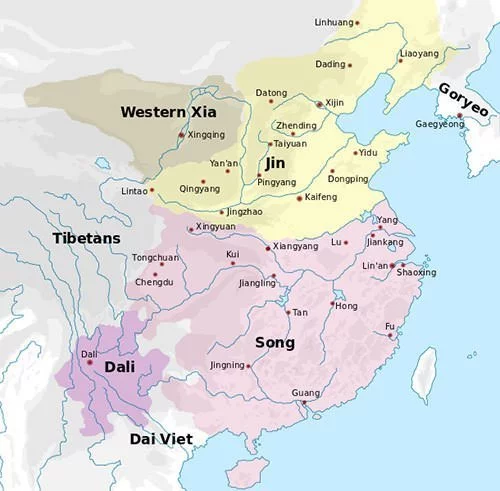
#6 SONG ERA WAS MARKED BY UNPRECEDENTED ECONOMIC GROWTH
The Song Dynasty not only restored unity in China but also made it the most skilled and richest nation in the world. The Song era was marked by expansion of population which reached an estimated 100 million people; huge economic growth which is termed by some historians as the pre-modern economic revolution; vibrant social life with people intermingling at social clubs, festivals etc.; and spread in education due to advancement in printing which made books cheap.
#7 NEO-CONFUCIANISM GAINED PROMINENCE DURING THE SONG ERA
In the Song period, Confucianism was the prominent philosophy; and Daoism and Buddhism were followed by many. Neo-Confucianism, which originated during the Tang dynasty, started to gain followers during the Song era. It was a renaissance of traditional Confucian ideas as well as a reaction to Buddhism and Daoism. Though Neo-Confucians were critical of Buddhism and Daoism, they borrowed several concepts from both. Zhu Xi of Song was a Neo-Confucian who deeply influenced Chinese philosophy and is considered the second most influential thinker in China after Confucius himself.
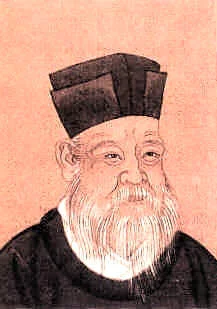
#8 PROPERTY RIGHTS OF WOMEN IMPROVED DUE TO ECONOMIC PROSPERITY
It is generally regarded by historians that Tang women enjoyed more freedom than Song women. However, women in the Song period were not entirely bound to the domestic sphere. While the affluent spend their time in leisure activities, it was not uncommon for lower and middle class women to run businesses. Due to economic prosperity during Song period, families provided daughters with large dowries which resulted in improving women’s legal claim to property. Also it was common for widows to remarry.
#9 THE CUSTOM OF FOOT BINDING STARTED TO BECOME POPULAR
Though it didn’t originate during their reign, a dreadful trend that became popular in women during the Song era was foot binding. Foot binding is a custom by which painfully tight binding was applied to the feet of young girls to prevent further growth. It often resulted in disabilities but was considered a symbol of beauty and high status. It continued to grow till the nineteenth century when an estimated 40 to 50 percent of Chinese women had bound feet. It began to decline with changing social conditions and campaigns against it. In 1912, the new Republic of China government banned foot binding.

#10 SHAN SHUI STYLE OF PAINTING AND CI STYLE OF POETRY FLOURISHED
Landscape painting developed further in the Song period with the shan shui (mountain-water) style painting becoming prominent. The famous painters of the period include Zhang Zeduan, who was instrumental in developing shan shui and created the masterpiece Along the River During the Qingming Festival; and Fan Kuan, the most revered Chinese painter who created the iconic landscape Travelers among Mountains and Streams. While Tang dynasty is considered the zenith of Chinese poetry, there were many renowned poets in Song era too. Ci form of Chinese poetry flourished and it is now primarily associated with Song.

